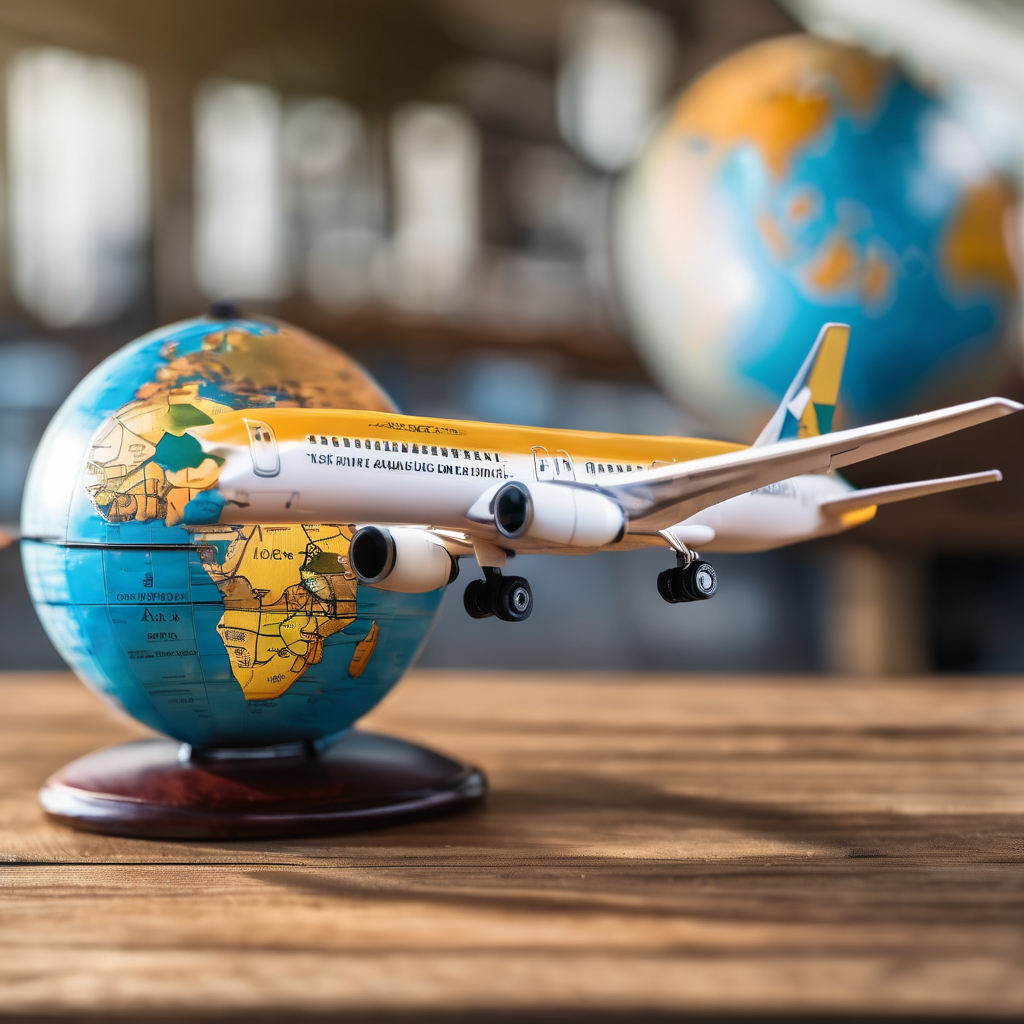Miami International Airport (MIA) is actively considering new nonstop flight routes to major global destinations, including Tokyo, Riyadh, Asuncion, and Singapore. This initiative seeks to enhance the airport’s long-haul network and reinforce Miami’s status as a key player in international aviation.
Recently, the Miami-Dade Airport Committee reviewed this proposal, which includes a feasibility plan aimed at attracting both passenger and cargo services. This endeavor reflects Miami’s ambition to establish stronger connections with vital international markets and boost trade and tourism opportunities in the region.
The resolution passed by the Miami-Dade Airport Committee tasks the County Mayor and Attorney to evaluate the viability of direct flights between MIA and the target cities: Tokyo (HND/NRT), Riyadh (RUH), Asuncion (ASU), and Singapore (SIN). If found feasible, it also calls for negotiations with airlines such as Japan Airlines, Riyadh Air, and American Airlines to facilitate these routes.
Asuncion has emerged as a significant economic hub in South America, benefiting from Paraguay’s robust growth. Establishing a Miami–Asuncion route could enhance trade relations and support the local diaspora, likely utilizing American Airlines’ future Airbus A321XLR aircraft for operations.
Riyadh, the capital of Saudi Arabia, is quickly evolving into a global business center under its Vision 2030 initiative. As Riyadh Air expands its operations, a Miami–Riyadh route may become feasible, though it might be several years before it materializes.
A direct flight to Tokyo remains a key goal for many travelers from Miami. Japan Airlines has maintained a conservative approach to expanding long-haul routes, yet a potential increase in capacity could make this connection attainable in the future.
On the other hand, establishing service to Singapore presents considerable logistical hurdles. At over 10,500 miles, a direct flight would surpass other long-range missions currently in operation, making it unlikely to launch with existing aircraft technology and economic conditions.
Experts suggest that while identifying target routes is a fundamental step, the actual implementation relies heavily on airline strategies, aircraft availability, and passenger demand. American Airlines continues to dominate Miami’s Latin American routes and will likely prioritize other transcontinental and transatlantic options before expanding into new Asian markets.
The Miami–Asuncion route appears to be the most promising option, with Miami–Riyadh following closely behind, contingent on the growth of Riyadh Air. The desire for Tokyo remains a long-term ambition, while direct flights to Singapore serve more as an aspirational goal rather than an immediate possibility.
As Miami International Airport strengthens its focus on global connectivity, the proposed routes signify both ambition and strategic planning aimed at expanding its international reach. While it may take time for some routes to come to fruition, this proactive initiative highlights Miami’s commitment to shaping future aviation networks and enhancing international trade dynamics.
